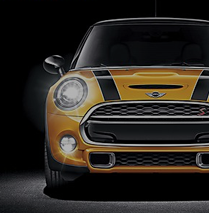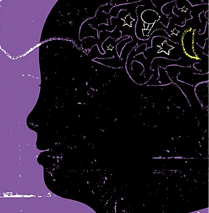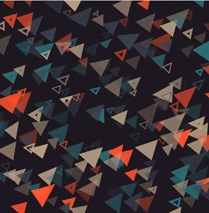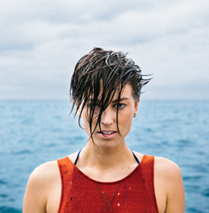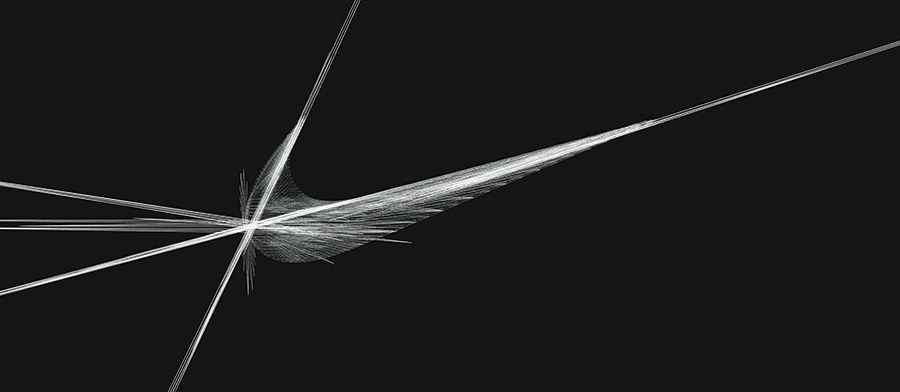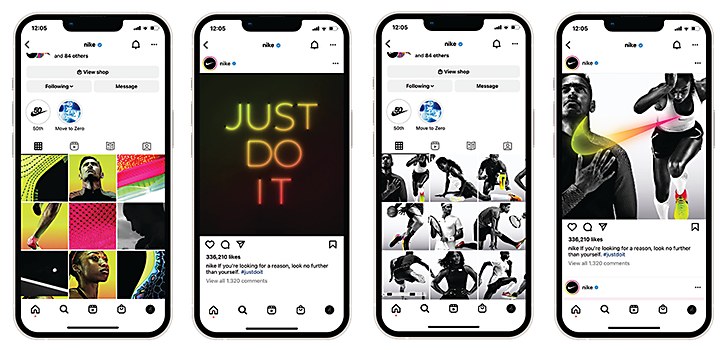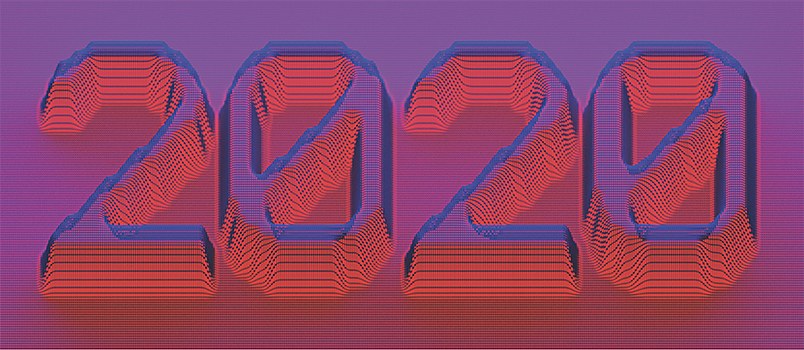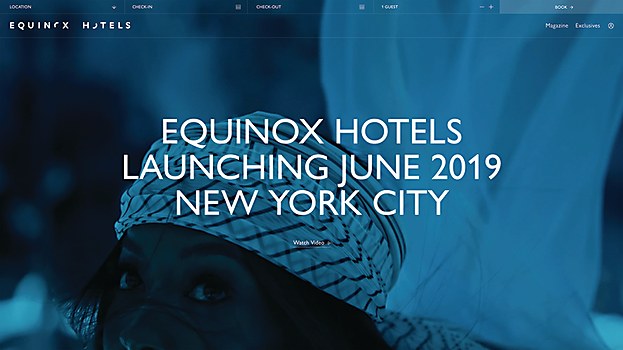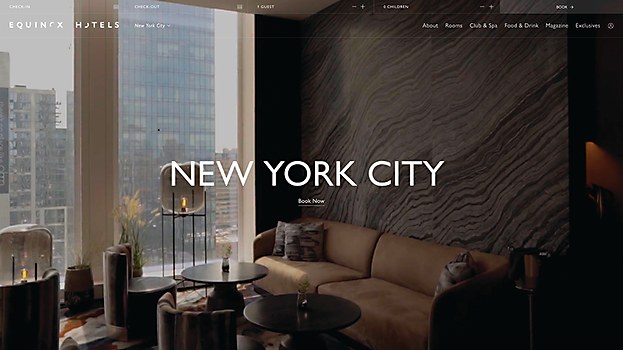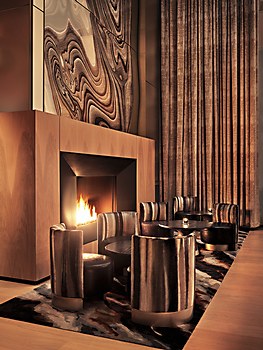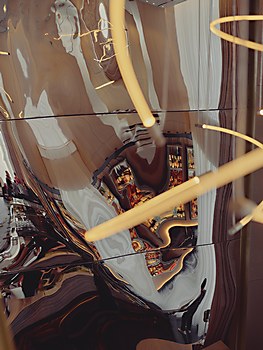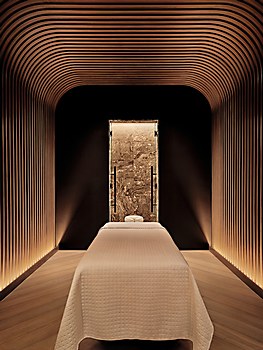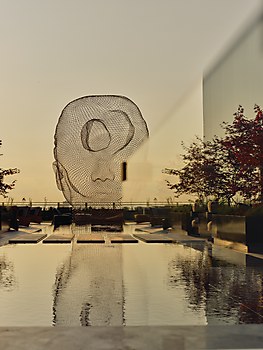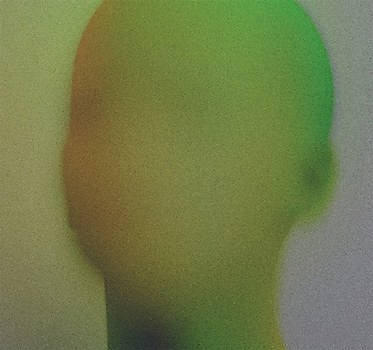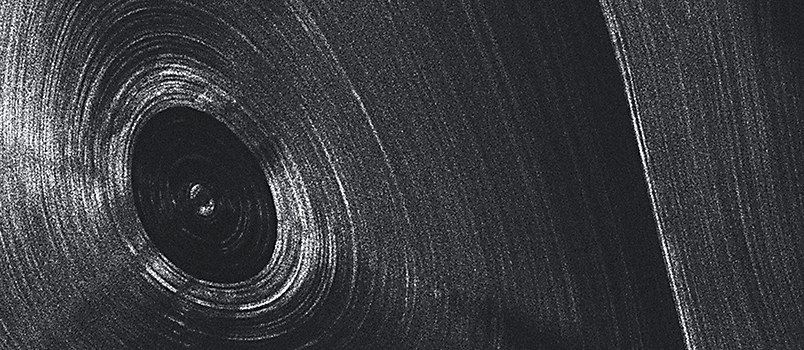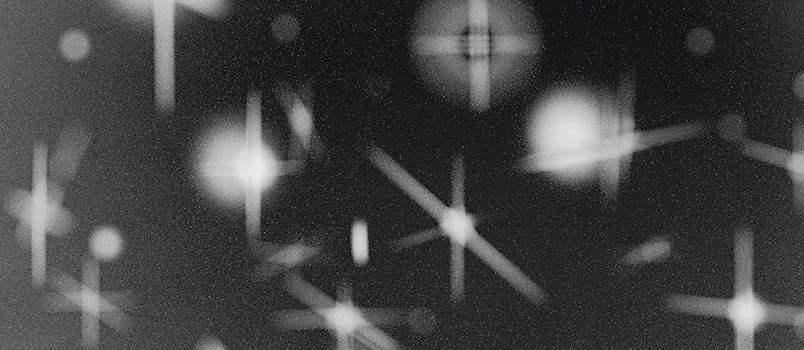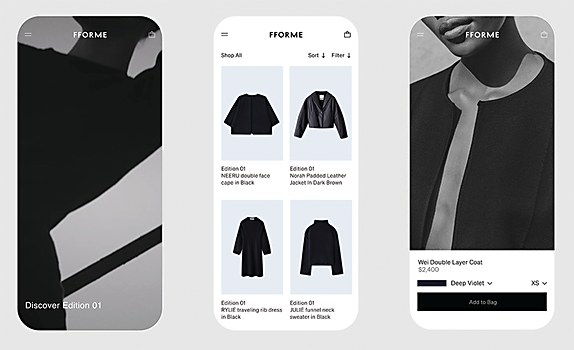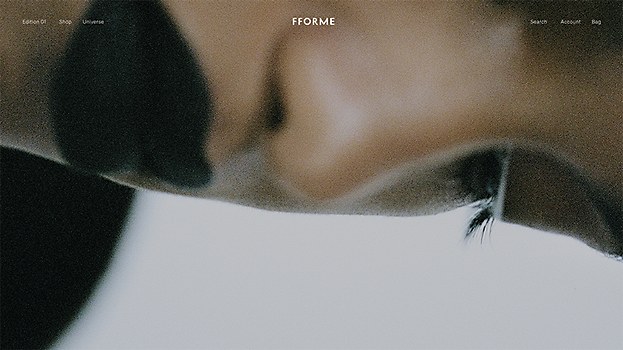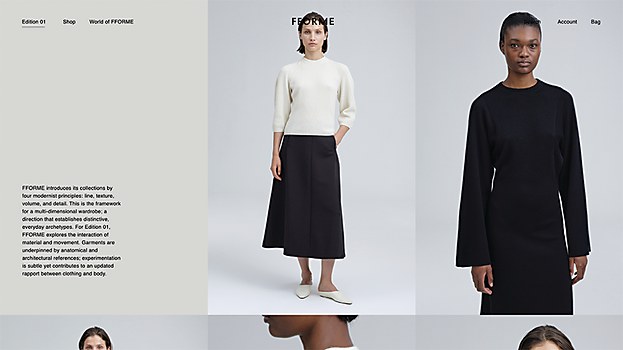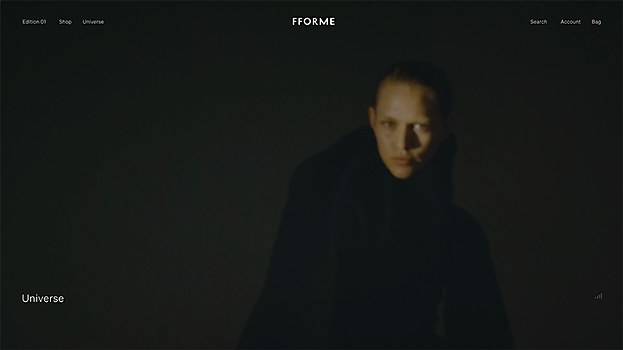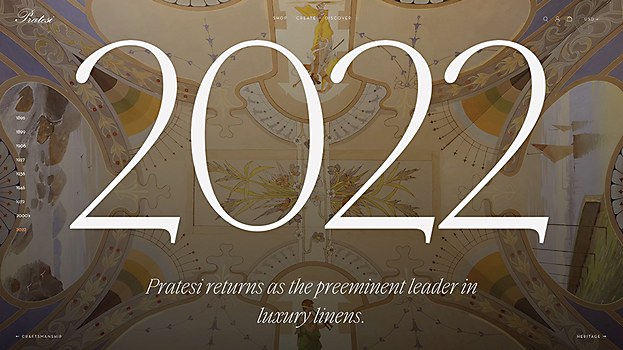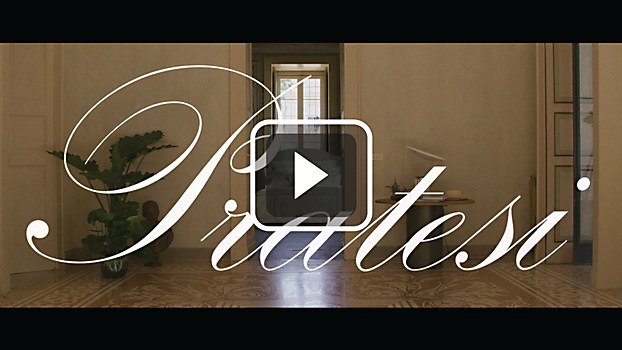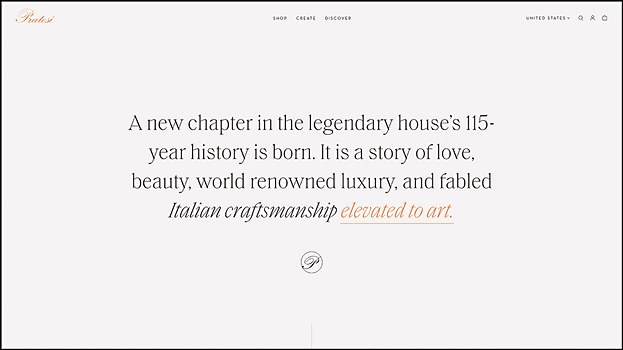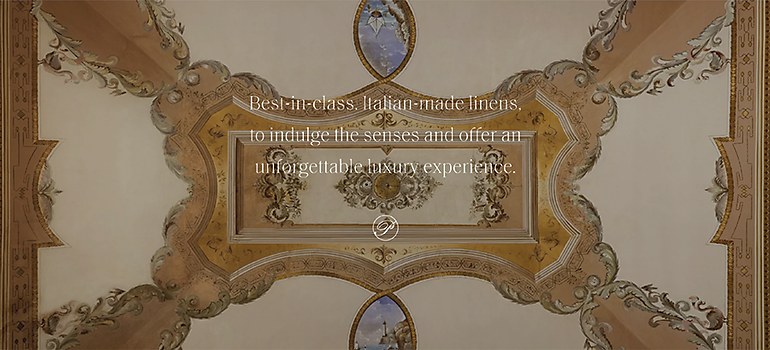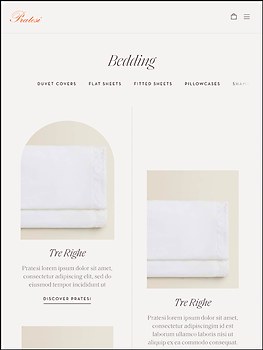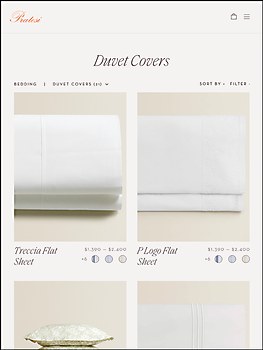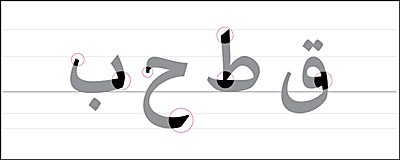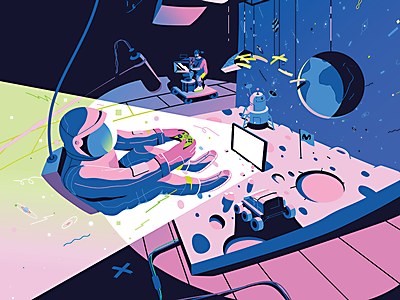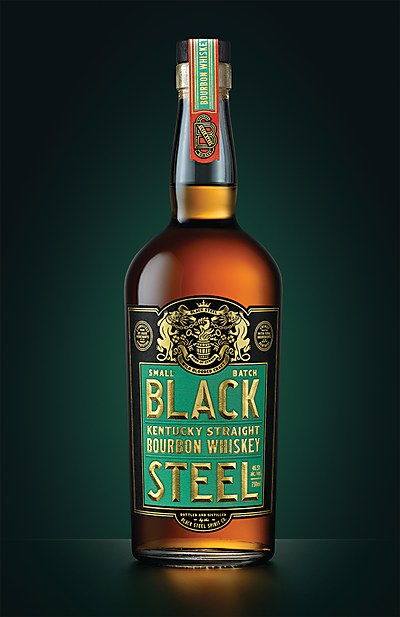The story of Brooklyn-based creative studio and artist management agency Hugo & Marie is, fundamentally, one of connection and exploration. Cofounded by business director Jennifer Gonzalez and artist and director Mario Hugo, the agency creates expansive work that covers everything from art directing and creative directing to designing identities, campaigns and websites to designing motion graphics, directing films and shooting photography. With the agency’s principle of marrying “the values of our creatives with the characters of our clients,” Hugo & Marie’s team assures that no possible connection will be overlooked and that no potential representation of brand messages will be unexplored.
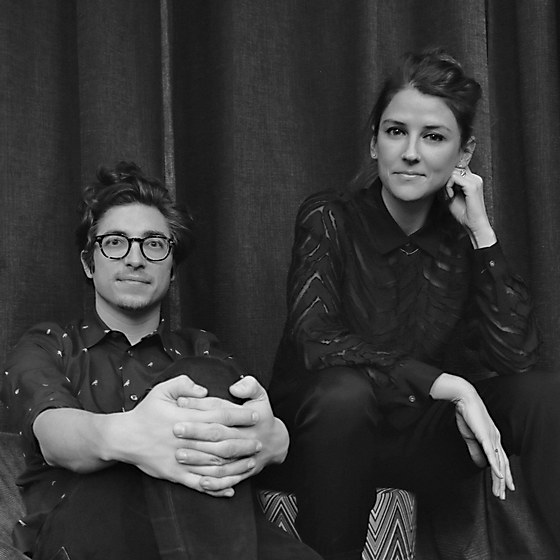
Jennifer Gonzalez.
Much of the agency’s inventiveness stems from the love of collaboration held by the founders, who are spouses as well as business partners. The name Hugo & Marie combines the middle names of Gonzalez and Hugo. “We both like aspects of tradition and family heritage, so using our inherited family names for a business felt romantic and personal,” Gonzalez says.
The two met at a house party in 2004; they lived across the street from each other while both attending Pratt Institute in New York. “I thought I was destined to become a fashion designer, and Mario was studying communication design and illustration,” Gonzalez recalls. “After we both got itchy within the first year at our first real jobs, we began talking about working together and doing something cool, magical and fun, but we didn’t know what.”
Browse Projects
Hugo, meanwhile, was deeply entrenched in the world of illustration. “Regardless of where I was, I always felt like an outsider—like I was irreparably sensitive,” he admits. “Drawing was a sanctuary for me. Expressing suffering and grief through my work was a form of meditation. My mind would wander, and creativity became a kind of game. I came to see that process in others, and I was always attracted to that wilderness.”
With clients falling in love with Hugo’s illustrations and approaching him for projects, Gonzalez quickly took to managing him, and this became the nucleus for the eventual foundation of their agency. “We knew [we’d end up with] something based on art and design that could provide a bit more structure around Mario’s illustration practice and the clients approaching him at the time,” Gonzalez explains. “We spent countless days just walking and talking, planning, and brainstorming; then, we finally worked up the courage to incorporate in March of 2008. Once I gained some experience and grew more confident talking to clients and selling Hugo’s work, we began to ask other artists whose work we loved to join us.”
After their artist representation agency built up its roster, Gonzalez and Hugo noticed a repeating pattern that revealed a new direction for Hugo & Marie. “Pretty quickly, it became clear that clients who came to us for art and illustration needed more services like design, art direction and websites, among other things, so the studio grew organically out of a need to help brands and teams we were working with more holistically. Looking back, we were pretty dang scrappy, but we did our best!”
With a talent for connecting with other creatives, the agency has been able to fuel its explorations and expand its repertoire by adding designers with diverse backgrounds and skill sets to its team. For instance, designer Leon Tabary, who grew up in France, had a compelling and slightly illegal path into a creative career after a stint as a graffiti artist, painting on highways, train tracks and skatepark walls. “My ‘partner in crime’ eventually got caught by the police, and I decided to switch to something less dangerous,” he recalls. “I decided to try art school for a summer [and] went to the Rhode Island School of Design to do their summer program, [where] I was introduced to creative thinking and graphic design.”
It was after he finished design school and cut his teeth at several other companies that Tabary eventually decided to try and work at Hugo & Marie. “Most of [the prior agencies] were pretty corporate and not as creative as I wanted them to be,” he admits. “I had always known about Hugo & Marie; where I went to school, many kids dreamed of ending up at an agency so creative and artistic. I mustered up the courage to email Hugo & Marie, and the rest is history.”
Fanny Nordmark, the design director at Hugo & Marie, has enjoyed an almost-eleven-year career so far with the creative agency after beginning as a design intern. “I’m originally from Sweden, where I went to school for digital media at Hyper Island,” she says, “and then went onto work on primarily UX/UI and digital design [here]. Now, I oversee the creative team on all our projects ranging from digital to art direction to branding and identity design.”
For Nordmark, her favorite projects with Hugo & Marie involve providing brands with identity design, art direction, UX/UI and web design, and creative development—the total package. She points out two projects specifically: the elegant brand language for luxury retailer elysewalker, with photography that emphasizes the flowing forms and vivid colors of its apparel, and the minimalistic yet timeless art direction of fashion brand FFORME that complements the monochromatic palette of its first collection. “Two very different brands, but each with a very strong point of view and personality,” Nordmark observes. “My favorite part about the work we do [is when] it combines seamless usability with brand personality, and I think these two projects represent that.”
Sheena Bhattacharya, senior art director at Hugo & Marie, also highlights the agency’s work with FFORME—a project on which she drove almost the whole creative development from its inception. “The brand takes a foundational, focused approach to modernist design; the clothes tell stories around well-considered shapes and volumes that create space around the body,” she says. “We were constantly deconstructing and reframing to reduce any noise that served little-to-no-purpose. It was a rigorous, rewarding exercise in synchronizing brand principles with expression—minimalism and function.”
Prior to starting at Hugo & Marie almost two years ago, Bhattacharya began working as an independent art director and contractor in Toronto, working on high-profile projects like the creative direction for the city’s 50th anniversary of Pride. What attracted her to work for Hugo & Marie was its ethos to dive deeply into clients’ brands to develop well-crafted brands and messaging. “Spending hours researching to come up with the right feeling [for client work] is an important principle I share with the team at Hugo & Marie,” Bhattacharya affirms. “There is a certain depth and thoughtfulness that is required to thrive in the work here, and that challenge keeps me motivated and grateful to contribute every day.”
Hugo & Marie’s passion for authentically representing brand personality also impresses junior strategist Aidan Larned, who defines messaging for clients’ brands and crafts the creative playground for the designers and art directors to explore. “Brands have a unique position in 2023—they can dictate culture as much as they reflect it—but many brands mimic or reflect some idealized consumer [that] often feels very ‘hello fellow kids’ to me,” he explains. “The most resonant, exciting brands are the ones that know what they’re trying to say, how they want to say it and, most importantly, why they want to say it. At Hugo & Marie, I’ve been lucky to be able to work with brands who want to create a world for an audience, and my job is to find out how clients can communicate [their messages] well.”
For his favorite project, Larned highlights Hugo & Marie’s work with premium linen brand Pratesi in which the creative agency helped redefine its brand platform based on its preexisting heritage, all the while injecting fresh air into the linens industry. “Linens is an industry that is close to fashion in terms of material and process, yet [strays] so far from the level of fantasy and expression—though I think there’s room for it! What’s better than a beauty and luxury [brand] that lets you dream?” Larned says. “We wanted Pratesi to use its platform to showcase and expose its audience to the world through its lens—a world in which another layer of beauty is around every corner. To create this world, we also conceived and mocked up visual and verbal examples while iterating on possible topics for content well into the future.”
Hugo’s personal favorite work published through his creative agency is Odd One, a “petri dish,” as he describes it, in which he explores creative synchronicities in a collaborative multi media project. “I react to music provided by incredible collaborators—such as musical artists Tuomas Alatalo, Golden Hum and Lord of the Isles—and share things that inspire me, like a Roald Dahl quote, Big Bird singing ‘Bein’ Green’ at Jim Henson’s funeral, an interview with Richard Feynman or a portrait of Isadora Duncan,” Hugo explains. “I’ll post anything that feels good.”
Allowing the creative process to be fluid and synergetic seems fitting for Hugo & Marie, given that both sides of its business focus on creative exploration and seeking new talent. When I ask about how the firm’s two agencies overlap or influence each other, Gonzalez points out advantages and disadvantages to the dual model. “Some clients only know us to be one or the other, which is [dangerous] in some instances if we have a difficult time changing their minds about how they can work with us,” Gonzalez says. “The advantage is that we learn so much from engaging with clients on both sides of the business that we can help problem solve and work through challenges. For instance, we do a lot of strategic positioning and research into consumer trends on the [creative firm] side, and I use findings [from that] to steer artists in the right direction. On the [representative agency] side, we have an amazing roster to tap into for different creative needs, so partnering with our artists when working on a long-term branding project, for example, can be really fun.”
Hugo notes that despite the agency attempting to separate its divisions, he prefers to let “audiences slosh around in the energy of the creative,” as he puts it, and the ability to have no boundaries between the studio’s departments fuels his love of connection in the creative process. “In [their] purest form, studios are places for creative people to get together and help others with creative problems. To solve problems, you have to listen [well]—to audiences, collaborators, boardrooms, culture and our collective vulnerabilities—so that we can all harmonize. This job should be a crash course in how to have true exchanges and communication; connection is all there is.” ca


